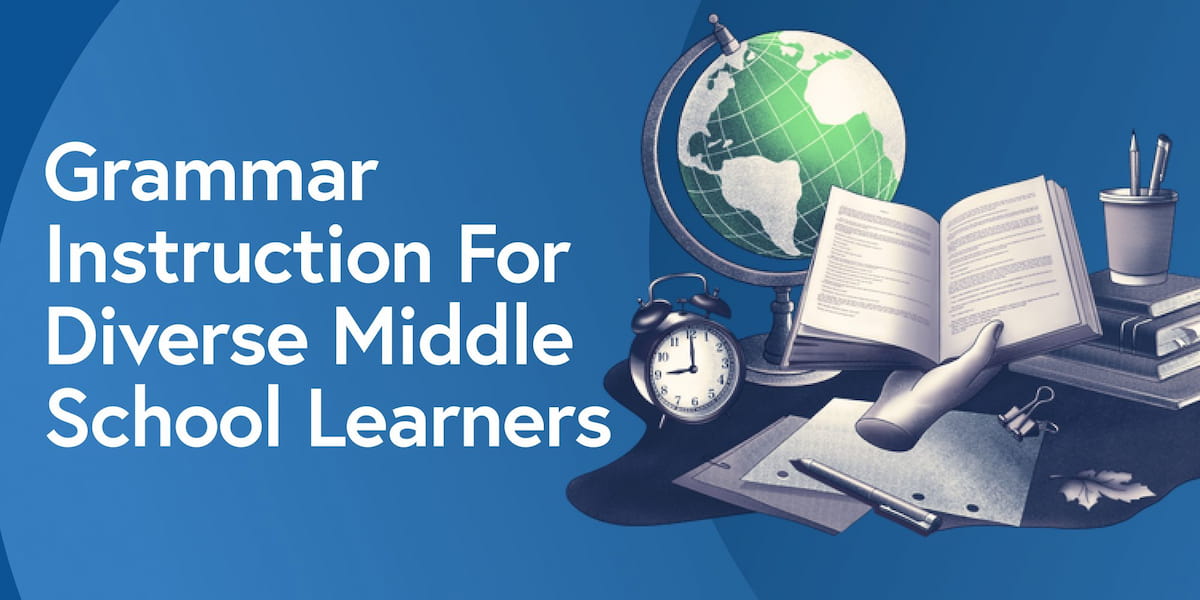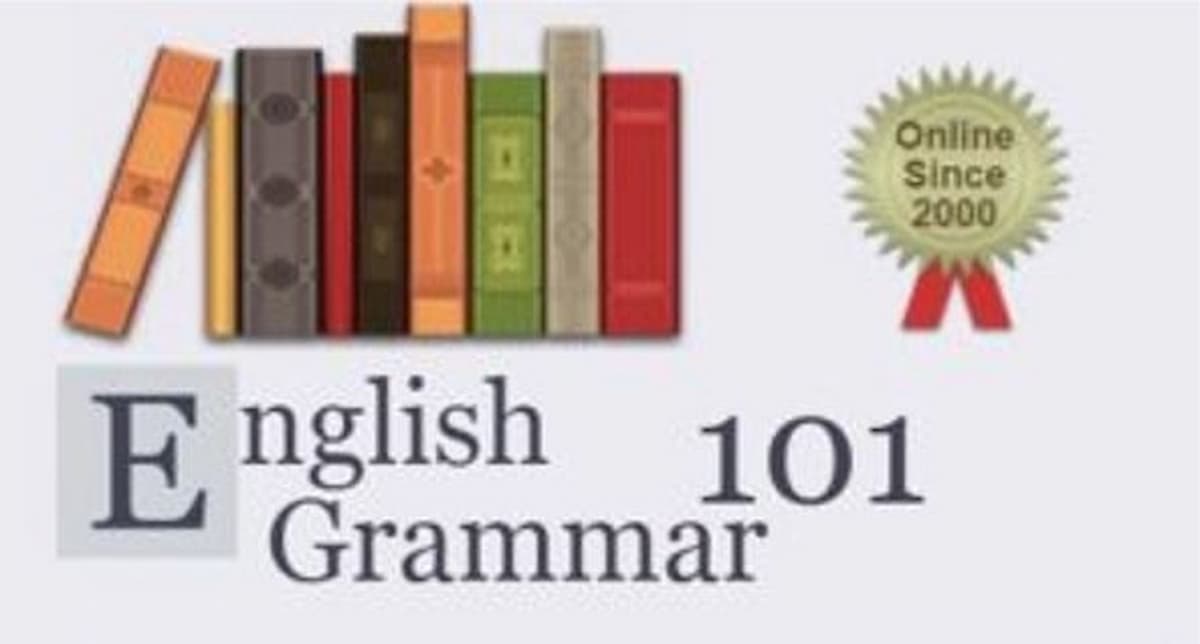
As dedicated middle school English/Language Arts teachers, you understand the importance of grammar instruction in fostering strong communication skills among your students. However, you also recognize that each student has unique learning needs and abilities. To create an inclusive and effective learning environment, it’s crucial to implement differentiated grammar instruction that caters to diverse learners. Let’s review some practical strategies and tips to ensure every student in your classroom thrives in his or her grammar journey.
Understanding Diverse Learners:
In a middle school classroom, students come from diverse backgrounds and possess varying levels of language proficiency. Some might be English language learners (ELLs), while others could struggle with learning disabilities. By acknowledging these differences, you can tailor your grammar instruction to meet the individual needs of each student.
Assessing Students’ Grammar Levels:
Before embarking on differentiated grammar instruction, assess your students’ current understanding of grammar concepts. Diagnostic assessments will help you identify strengths and weaknesses, enabling you to design targeted lessons that focus on specific areas where students require more support. GrammarFlip offers a free grammar diagnostic assessment. Simply create your free teacher account here to get started.
Flexible Grouping:
One effective way to differentiate grammar instruction is through flexible grouping. Group students based on their skill levels or learning preferences. ELLs may benefit from working in small language support groups, while advanced students could engage in collaborative and challenging grammar exercises.
Multimodal Learning:
Integrating multimodal learning techniques can benefit diverse learners. Utilize visual aids, hands-on activities, and technology to reinforce grammar concepts. Interactive online resources, educational games, and multimedia presentations can engage students with different learning styles.
Varied Instructional Materials:
When differentiating grammar instruction, consider using a variety of instructional materials. Include grammar worksheets (GrammarFlip has 85+ free grammar worksheets here), online exercises, interactive whiteboards, and manipulatives. Providing multiple resources allows students to choose the ones that best align with their learning preferences.
Scaffolded Learning:
For students struggling with grammar, scaffolded learning is crucial. Break down complex concepts into smaller, more manageable steps. Gradually increase the difficulty level as students gain confidence and understanding. Scaffolding ensures that all learners progress at their own pace.
Leverage Peer Learning:
Encourage peer collaboration through group activities and peer review sessions. Pairing students with diverse abilities allows them to learn from each other and develop essential communication skills. Collaboration promotes a supportive and inclusive classroom culture.
Incorporating Real-World Context:
Make grammar instruction relevant by incorporating real-world context. Engage students with grammar exercises that relate to their interests or current events. Connecting grammar to their lives fosters engagement and shows the practical applications of language skills. Check out all of our witty and entertaining “grammar-in-context” videos to show your students!
Regular Formative Assessments:
Conduct regular formative assessments to monitor students’ progress and adjust instruction accordingly. Formative assessments provide valuable insights into individual needs and guide your differentiation strategies.
Encourage Self-Assessment:
Empower students to reflect on their grammar growth. Encourage self-assessment and goal setting. Students who actively participate in monitoring their learning are more likely to take ownership of their progress.
Differentiating grammar instruction for diverse learners in your middle school English/Language Arts classroom requires intentionality and flexibility. By understanding your students’ unique needs, using a variety of instructional methods, and regularly assessing their progress, you can create an inclusive and supportive learning environment. Through differentiated grammar instruction, you will empower each student to excel in their language skills, fostering lifelong communicators and writers.
Read More

English Grammar 101 Alternatives

When You Ask for Analysis but You Get Summary Instead

Establishing Confident Writers Through Creativity and Self-Expression

Brainstorming Through Writer’s Block

Four Steps to Teaching Your Students Adverbs

How to Fire Your Internal Critic

What Just 10 Minutes of Daily Journaling Can Do for Student Writing



